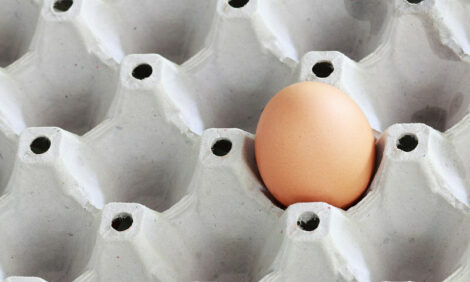



Boost Biosecurity and Halt Disease
IRELAND - Most people have heard the saying that prevention is better than cure. Farmers prevent diseases from entering or spreading on farms by vaccinating, treating sick animals, culling affected animals and most important of all, by stopping diseases entering in the first place.Ireland's The Independent reports that by putting biosecurity measures in place to protect their herds from common diseases, farmers are giving themselves a safety net against a serious outbreak of any particular condition. For many years now, pig and poultry farms have recognised that protecting their stock from diseases is cost effective.
More beef and dairy farms are starting to come to the same conclusion due to the recent publicity surrounding outbreaks of IBR, BVD and Johne's and the huge cost they can inflict on a beef or dairy herd for many years.
A biosecurity plan can have many different elements. For example, many pig and poultry units refuse entry to anyone other than staff. However, all plans should also include:
Closed herd: The more closed a herd is the more biosecure it is. A closed herd has no animals (including bulls) entering it. While this may be achievable on a dairy farm, it is often not practical on a lot of beef farms. If animals are bought in:
(a) Try to buy them from a single source.
(b) Know their history.
(c) Quarantine them for 30 days and test them after 21 days for BVD virus and IBR antibodies.
Proper boundaries: There should be at least a 3m gap between your property and your neighbours'.
Footbaths: Install a clean footbath and regularly top it up.
Own veterinary equipment: Invest in your own nose tongs that stay on your farm. Only use disposable needles.
Keep vehicles out: Where possible keep all unnecessary vehicles out of your yard. In particular, knackery lorries should never enter and should collect carcasses a distance from the main animal areas.
Slurry: Avoid importing slurry onto your farm.
Colostrum: Only use colostrum from your farm.
Beware of purchased in-calf stock: While a purchased-in cow may test negative for disease, the calf it is carrying may well be infected. Earmark these calves for quarantine after they are born until they also are tested.









